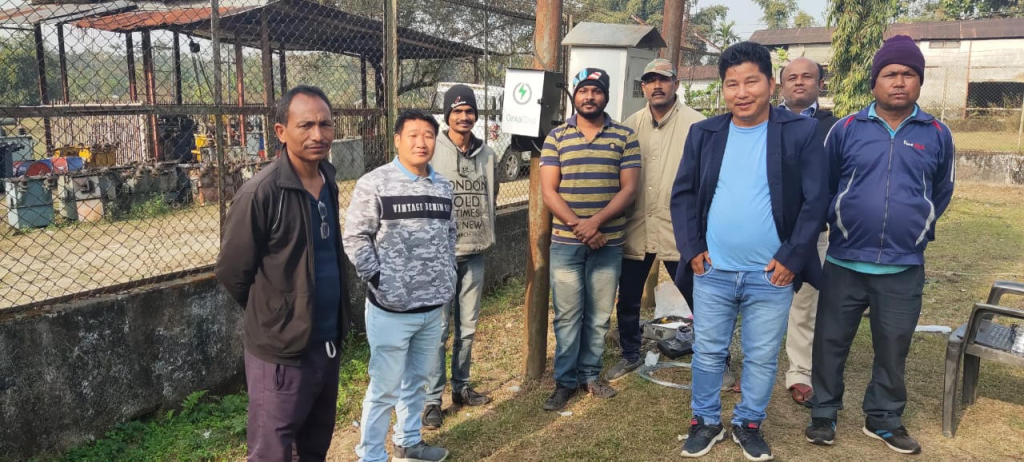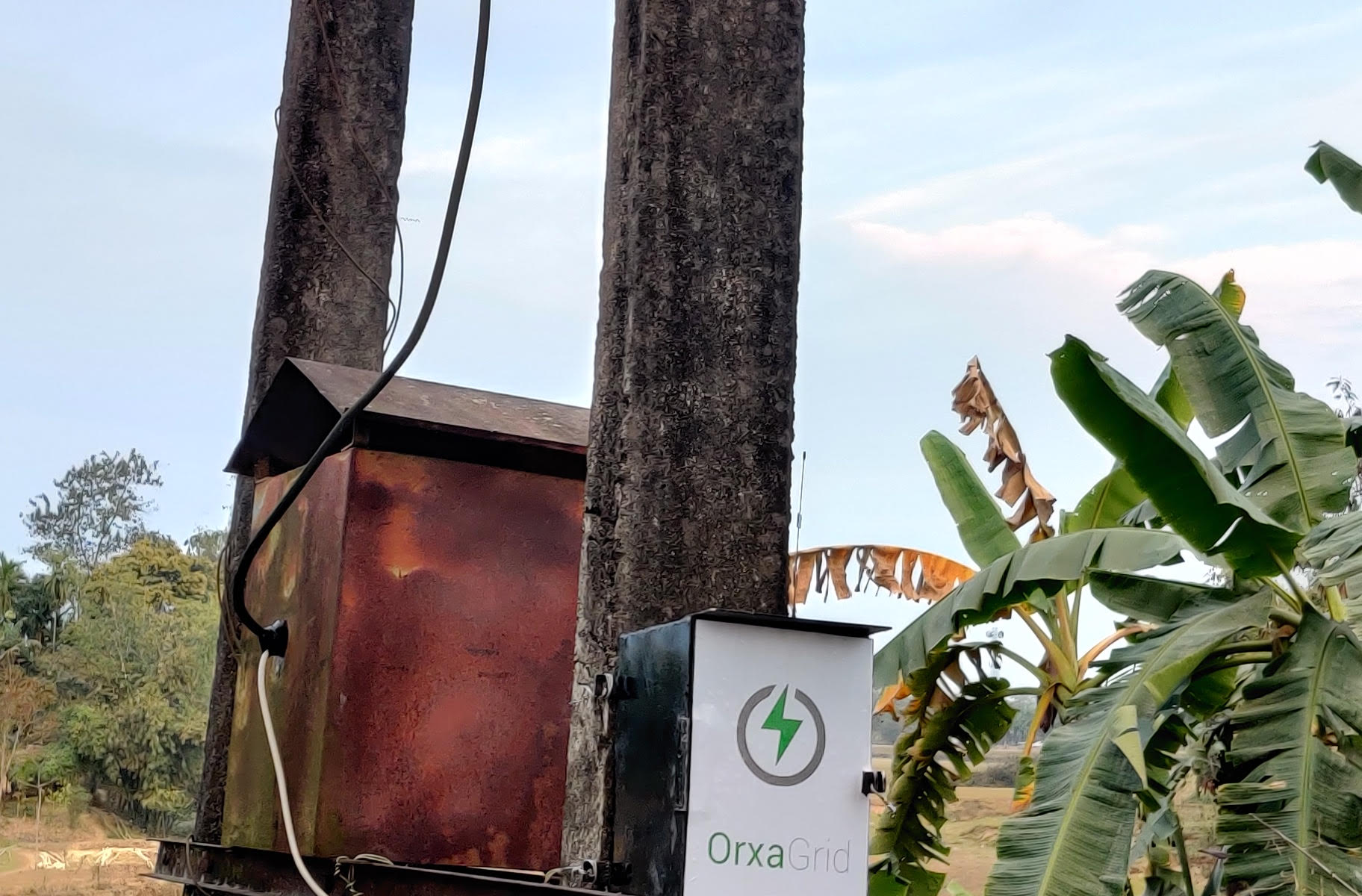In our previous blog we spoke on an ambitious initiative by the Government to ensure financial viability of DISCOMs, we noted the considerable gap between cost incurred and revenue earned by DISCOMs. The losses made by DISCOMs has a domino effect on the entire value chain in the power sector, as evidenced by the dues owed by DISCOMs to generating companies. Data shows that DISCOMs owe more than Rs. 74,000 Crore to generating companies. As a result, DISCOMs are under pressure to ensure timely payment of bills raised for supply of electricity.
Furthermore, the deviation settlement mechanism, a scheme to maintain grid discipline and grid security, specifies a commercial mechanism for deviation settlement on the basis of allowable frequency band. Under this mechanism, for every time-block of 15 minutes, any deviation in actual energy requirement from scheduled energy requirement by entities shall incur deviation charges. Adding to this complexity is the fact that to meet the demand for electricity, DISCOMs often procure electricity through inter-state interconnections.
As a result, grid operators are in need for advanced technologies to optimize the performance of the electricity grid. With the advent of Industry 4.0, an IoT based Energy Management System (EMS) to optimally manage the electricity grid is the need of the hour. In this blog post, we will discuss how SCOPE T&M Pvt Ltd enabled a major electricity utility to monitor real time energy consumption in inter-state HV electricity network.

Background
The Department of Power, Arunachal Pradesh, is a public utility tasked with electricity distribution in Arunachal Pradesh. As the state purchases electricity from neighboring Assam through inter-state high voltage lines, the utility desired to have a backup EMS to collect energy import/export data at 9 interconnecting 11 kV feeders. The EMS, envisaged for real time monitoring of load and consumption was also planned as a measure of assistance towards settlement of billing for energy purchased from Assam.
Project Execution
SCOPE was mandated to install the EMS to report energy parameters from HV lines at the following locations: a) Siejosa – Itakola, b) Likabali-Silapathar, c) Silapathar – Dipa, d) Jonai – Ruksin, e) Namsai – Rupai, f) Miao, g) Jairampur, h) Kanubari – Saal Katani and i) Balemu – Bairakund.
After survey of the site locations, SCOPE experts recommend that our SEED sensors be installed at the 9 interconnecting high voltage feeders supplying electricity between Assam and Arunachal Pradesh. SEED sensors are state-of-the-art sensors which collect voltage and current data from CT-PT measuring unit using clamp on connections and measures all metering parameters such as phase voltage, current, power factor, power, reactive power, accumulated energy and frequency. Once installed, SEED sensors transmit metering parameters to centralized database through secure cellular connectivity. Data is then stored and analyzed at the central database to identify patterns and support with real time monitoring of load and consumption, managing energy flow in individual feeders and check if energy parameters are exceeding norms as specified by the regulators.
Furthermore, central server and workstation was installed for analysis of all energy parameters from the 9 high voltage lines and retrieve information from the software application. Post installation, EMS reported energy parameters as mandated under this project. These parameters are: a) current, b) voltage, c) power factor, d) active power, e) reactive power, f) apparent power and g) active energy on WEB HMI and SLD.



Challenges Faced
During the execution of this important project, we faced the following challenges:
- The customer provided us with regular dynamic IP 4G enabled SIM cards. As these were public SIM cards, we faced the potential issue of cyber security. This challenge was overcome by enabling in-built authentication features. The system has been developed with n-tier architecture, where different logical and data layer components are separated from each other. The data from a device posted in a fixed time interval from device built with SSL encrypted REST API calls with a JWT token authentication. Similar authentication mechanism was used between the server and Grid Analytics Platform (GAP) software. Also, the entire database and analytical processing is done in a virtual private cloud (VPC) and only the public facing servers are communicated to internet via NAT gateway. Regular PEN testing has been conducted on the GAP software to handle any ongoing vulnerabilities to meet different industry standards. Finally, the system also follows the OWASP web application checklist to remain upto date with prevailing standards.
- In two site locations, CT-PT measuring units on which SEED devices were to be installed were the property of the Government of Assam. As the Government of Assam did not reply to our requests to allow installation of SEED devices at these locations, we convinced the customer to purchase new CT-PT measuring units on which our SEED devices were successfully installed.
- This project was executed from February to March 2021. As site locations were close to the international border, government permit was required to enter site locations, which were 200-300 kms away from each other. On account of the COVID-19 pandemic, it was very difficult for our site experts to collect requisite permit from the authorities. To overcome this challenge and execute the project on time, our site teams reviewed project plan at regular intervals, oftentimes travelling 500-600 kms per day.


Conclusion
In this manner, this critical project was executed, thereby enabling the customer to monitor real time energy consumption and optimize demand and supply of electricity. Furthermore, real time monitoring of load and consumption would enable grid operators to manage load flow in individual feeders leading to better utilization of infrastructure. Furthermore, critical power quality parameters such as voltage, frequency, power factor, etc., is analyzed in real time to verify if these parameters are within the limits mandated by regulators. Additionally, this EMS system can also help the customer evolve an effective billing settlement mechanism for purchase of electricity from neighboring Assam. Moreover, the EMS can also provide real-time alerts to notify the customer to any abnormal conditions at the site locations.
By successfully implementing this project, SCOPE T&M Pvt Ltd has build on its reputation as India’s leading SCADA & Automation solutions provider. To know more about our EMS solution, please write to us at marketing@scopetnm.com.


Good Project
LikeLike
Nice Effort
LikeLike